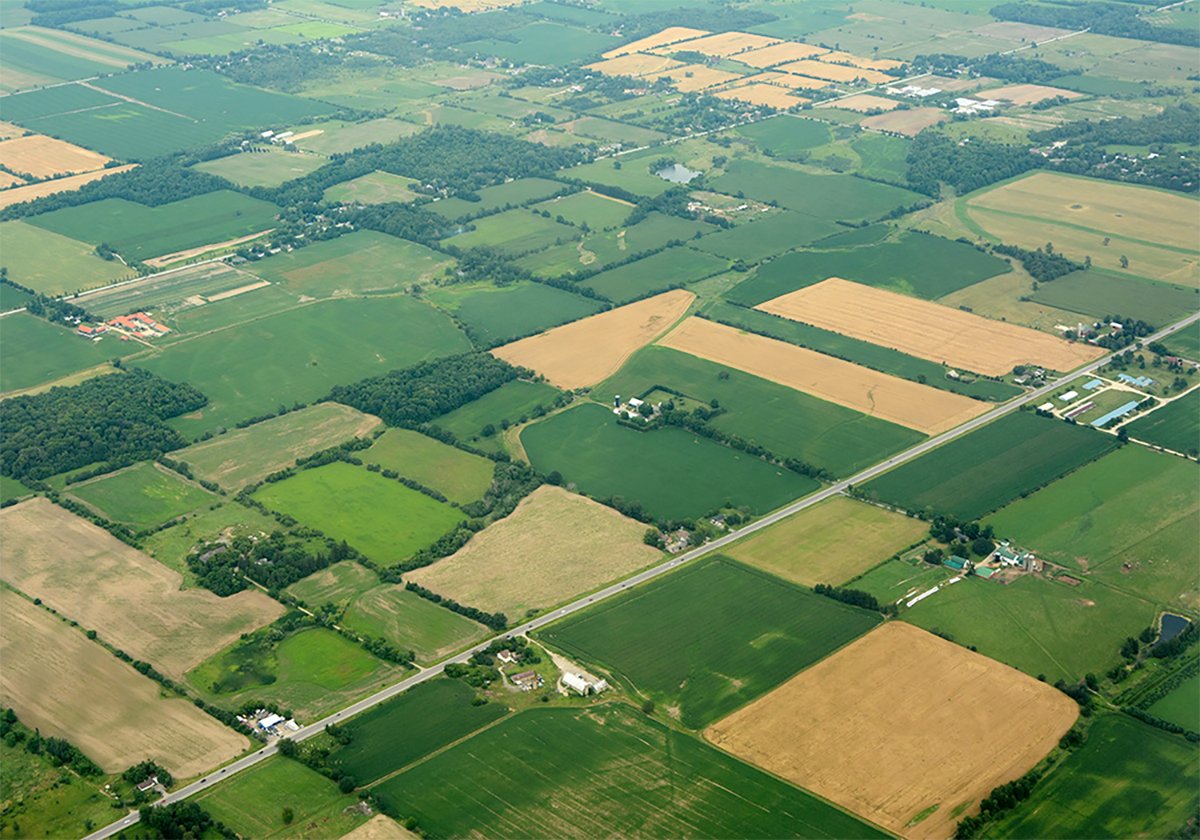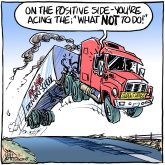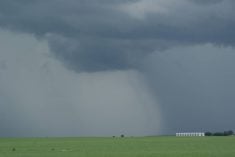IN A FEW days, voters will choose the next federal government. The outcome will affect all aspects of our lives and our communities.
For those living in rural Western Canada, there are many issues to consider, such as health care, taxes and the environment. But agriculture cannot be overlooked.
An Ipsos Forward Research poll conducted early in the campaign showed rising input costs to be the top issue among farmers, followed by survival of the family farm.
Food safety, food prices, biofuel, the environment, energy, transportation and farm safety nets were also concerns on the radar.
Read Also

Higher farmland taxes for investors could solve two problems
The highest education and health care land tax would be for landlords, including investment companies, with no family ties to the land.
Which party best addressed farm issues?
The Conservative agricultural platform, perhaps in keeping with its tradition of a less-regulated economy, was the leanest. It promised $500 million to fund 60 percent of provincial add-on programs to farm supports. As well, the Conservatives promised $50 million to help regional slaughter plants and a two-cent-per-litre cut to the diesel fuel excise tax. The Conservatives also vowed to end the Canadian Wheat Board’s barley monopoly.
The Liberal party’s main promise was its plan for the environment, the Green Shift program, which included a carbon tax that many farm organizations said would increase farm production costs. The party has since added rebates to compensate farmers. The plan includes $400 million to farmers for cutting greenhouse gas emissions and $250 million to help convert to technology that helps reduce carbon emissions.
As well, the Liberals promised $30 million to promote farmers’ markets and Canadian grown products, more rural day cares, farmer control over the CWB, a review of rail costs, a plan to forgive student loans for doctors who set up in rural areas, as well as undetailed promises of tax cuts and writeoffs that boost greener farm practices.
The Liberals also promised $564 million for regional farm supports.
For the New Democratic Party, the focus was on adding more food inspectors, strengthening the CWB monopoly, support for organics and marketing boards, and labelling of genetically modified food.
The NDP also stressed changes to limit corporate control of agriculture, particularly in the beef sector, and a carbon trading system that would allow farmers to sell environmental credits.
There were also statements about promoting organic agriculture, protecting farmers’ rights to save seed and income stabilization programs to help farmers in times of disaster and poor markets.
The Green party promoted policies it said would emphasize smaller farmers, those less dependent on chemicals, and favour farming operations that grow for local markets.
The Green platform included a $50 per tonne tax on carbon and environmentally damaging chemicals with the revenue going to fund greener practices, lower taxes and to eventually establish guaranteed annual incomes for the poor.
The Green party supports the CWB monopoly and shifting research money to organics. On farm support, the party favours programs that encourage more farmers rather than a system that pays based on the size of the farm.
Voters make their choices for many reasons. But agriculture should be one issue at the forefront when Canadians cast their ballots Oct. 14.
Bruce Dyck, Terry Fries, Barb Glen, D’Arce McMillan and Ken Zacharias collaborate in the writing of Western Producer editorials.














